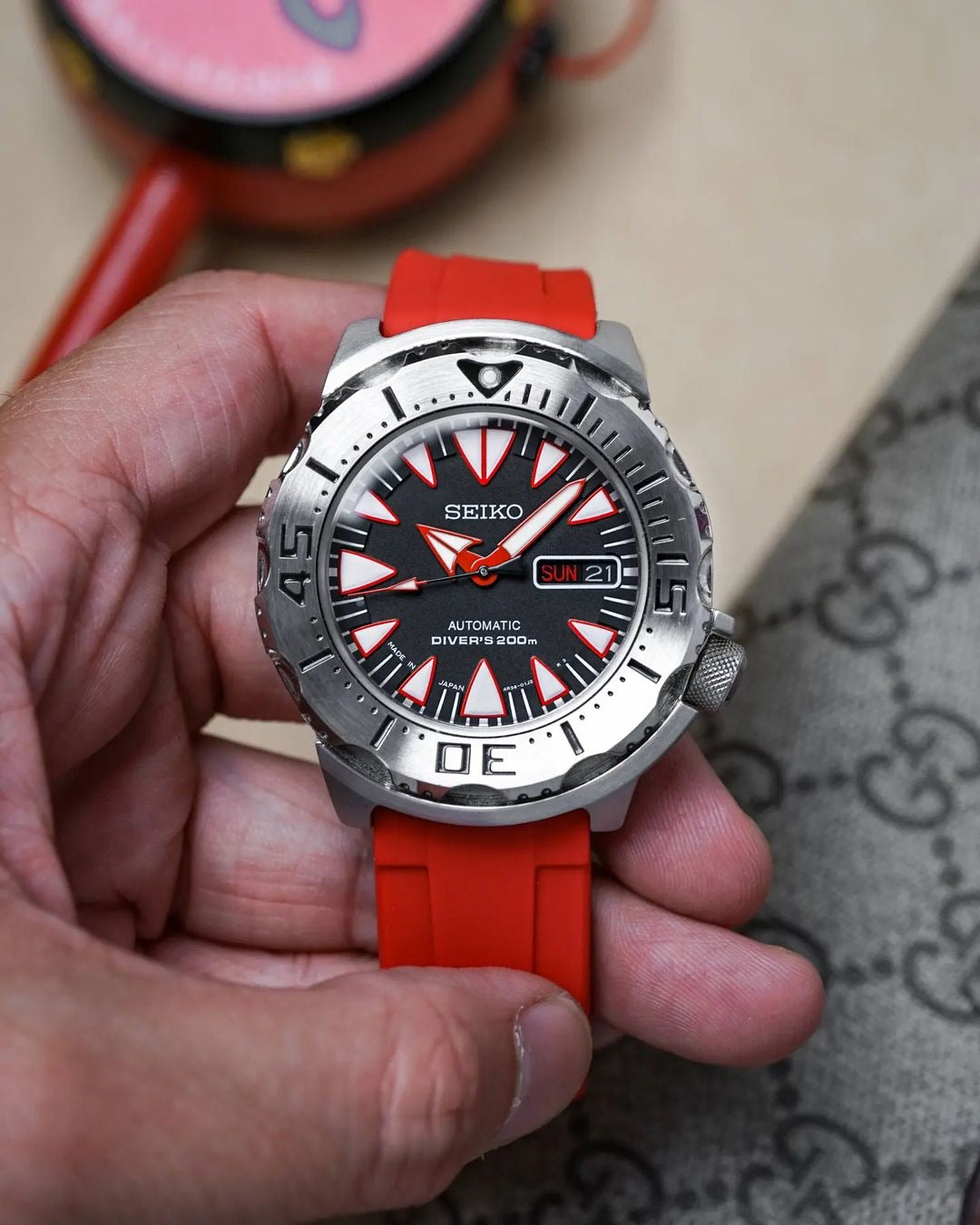Finding the perfect watch isn’t just about the brand or style—it’s about fit. A watch that’s too big or too small for your wrist can look awkward and feel uncomfortable.
Whether you’re buying your first luxury timepiece or adding to your collection, here’s your go-to guide on how to choose the ideal watch case size for your wrist in 2025.
Why Watch Sizing Matters
✅ Comfort: A well-sized watch won’t slide around or pinch.
✅ Style: The right proportions look sophisticated, not clownish or dainty.
✅ Versatility: A watch that fits well transitions seamlessly from casual to formal wear.
✅ Value: A properly sized watch often has better resale value, since most buyers seek balanced proportions.
Step 1: Measure Your Wrist
To start, measure your wrist circumference.
-
How to do it: Use a flexible measuring tape or a strip of paper and wrap it around your wrist just above the wrist bone.
-
Record the measurement: Typically in inches or centimeters.
✅ Small wrists: 5.5"–6.5" (14–16.5 cm)
✅ Medium wrists: 6.5"–7.5" (16.5–19 cm)
✅ Large wrists: 7.5"+ (19+ cm)
Step 2: Understand Case Diameter
Watch case diameter is the most cited size spec.
✅ Common sizes:
-
Small: 34–38 mm
-
Medium: 39–42 mm
-
Large: 43–46 mm
✅ General rule of thumb:
-
<6.5" wrist: 34–38 mm case
-
6.5"–7.5" wrist: 39–42 mm case
-
7.5" wrist: 42–46 mm case
Note: Style plays a role! Dress watches often wear smaller. Dive watches have big bezels and can wear larger.
Step 3: Consider Lug-to-Lug Distance
Case diameter isn’t everything. Lug-to-lug distance (top of one lug to the other) affects how the watch lays on your wrist.
✅ Ideally, lug-to-lug should not exceed your wrist width.
✅ Shorter lugs = more wearable on smaller wrists.
✅ Longer lugs can overhang and look awkward.
Step 4: Check Case Thickness
A thick watch can feel bulky even if the diameter is right.
✅ Dress watches: 6–10 mm for slipping under cuffs.
✅ Dive/tool watches: 12–15 mm is common.
✅ Chronographs: Often thicker due to extra mechanics.
Step 5: Don’t Forget Strap Width and Style
A well-matched strap balances the case size.
✅ Typical strap width is 50% of case diameter.
-
40 mm watch? ~20 mm strap.
✅ Wider straps can make a watch feel more substantial.
✅ Thin straps can dress down a big case.
Material matters too:
-
Rubber/NATO straps conform to wrists and are great for sports.
-
Leather straps add elegance and comfort.
-
Metal bracelets add weight and presence.
Step 6: Style and Personal Preference
✅ Sporty look? Slightly oversized is okay.
✅ Classic/dressy? Lean slimmer and smaller.
✅ Everyday versatility? Aim for the middle.
At the end of the day, personal taste matters most. Some love oversized watches. Others want sleek, subtle elegance.
Quick Reference Guide
| Wrist Size | Recommended Diameter | Recommended Lug-to-Lug |
|---|---|---|
| 5.5"–6.5" | 34–38 mm | <46 mm |
| 6.5"–7.5" | 39–42 mm | <50 mm |
| 7.5"+ | 42–46 mm | <54 mm |
Why Straps Matter for Fit
Even the best-sized watch can feel wrong on the wrong strap.
✅ Quick-Release Rubber: Flexible, sporty, and secure. Perfect for active wear.
✅ Handmade Leather: Elegant, forms to your wrist over time.
✅ NATO Straps: Durable, easy to swap, and adjust for comfort.
WIS Watch Straps offers premium options in rubber, leather, and NATO styles. Customize your fit, match your style, and ensure your watch always feels right on your wrist.
Explore our full collection at WISStraps.com
Conclusion
Sizing your watch correctly isn’t complicated—but it makes all the difference.
✅ Measure your wrist.
✅ Know your ideal case diameter.
✅ Consider lug-to-lug distance and thickness.
✅ Choose straps that complete the fit.
Make your watch look like it was made for you—and keep it comfortable all day long.


